To become an artist featured at the Hawaiʻi Triennial, artists have to be invited by the Triennial curators. (Photo courtesy of Brandon Ng)
By Sarah Burchard | Staff Writer
In 2017, artist and KCC photography instructor Brandon Ng helped install artwork for the Honolulu Biennial, a contemporary art platform hosted by the 501(c)(3) art nonprofit Honolulu Biennial Foundation. As he pondered proper lighting, constructed structures and carefully arranged artistic elements to ensure optimal exposure, he looked at the artwork and thought “I could do that someday. I hope to do that someday.”
Three years later, amidst a pandemic, the foundation announced it would be changing its format to produce the show every three years instead of two and renamed its organization to Hawaiʻi Contemporary, so the show could span statewide.
The Hawaiʻi Triennial, hosted by Hawai‘i Contemporary, is the state’s largest exhibition of contemporary art from Hawaiʻi, the Pacific and beyond. Curators begin scouting artists three years in advance by visiting galleries and word-of-mouth discovery. Ng was one of the artists featured this year on Oʻahu from Feb. 15 to May 4, an opportunity he has been working toward for over 20 years honing his craft as an artist and educator.
“It’s super incredible to be mentioned in the same sentence as all the other artists in the show,” he said. “I don’t make the work hoping that’ll happen.”

Artist and KCC instructor Brandon Ng (Photo courtesy of Brandon Ng)
Ng was born on Oʻahu, raised in Mililani by his Portuguese mother and Chinese father – both born from Hawaiʻi’s plantation past. After graduating from Mililani High School in 2002, Ng moved to Seattle where he earned his associate’s degree at a community college and developed a passion for photography. Back on Oʻahu, he went on to earn a Bachelor of Fine Arts, with a focus in photography, at University of Hawaiʻi at Mānoa, where he began to get exposed to Hawaiʻi in a way he hadn’t been before.
“For people of my generation,” the 40-year-old Ng said, “growing up here, you’re not taught about all the things we know about Hawaiʻi today. Like, the overthrow is glossed over.”
Ng said he felt angry, like he was lied to his entire life about what his existence meant in the place where he grew up. From then on, his work started to examine the truths of Hawaiʻi’s past.
Ng had a knack for printing and began his career in the UH school system managing the photography lab at UH Mānoa. In 2014, he was promoted to assist the gallery director for the entire university system working in installation and helping with exhibition design.
“I had a couple really amazing mentors,” Ng said. “Rod Bengston, who was the director at the time, and then Wayne Kawamoto, who was the exhibition designer, who had been there for years. Those two saw something of me.”
In 2016, Native Hawaiian artist and college art instructor Kapulani Landgraf asked Ng if he wanted to teach photography at KCC, where she was working at the time. Ng’s mother was an educator; he felt it was in his blood to become one too. He said his time managing the dark room at UH Mānoa, teaching the other students when the instructors weren’t present, had prepared him for the experience. The following year, he enrolled at Arizona State University to earn his Master of Fine Arts.
In 2021, Ng was teaching photography at KCC and Leeward Community College and had his master’s thesis artwork, “Lure of the Local(e)” showing at Aupuni Space in Kakaʻako. On the last day of the show, Ng was at Aupuni Space with his family when the Triennial curators arrived to see his work. The chance encounter gave Ng the opportunity to give them an impromptu artist talk. Two years later, the curators visited Donkey Mill Art Center on Hawaiʻi Island where they had the opportunity to see “Terra Cast I,” a piece of Ng’s that explored how people interact with monuments and emphasized the cultural connection between Hawaiʻi and Native Hawaiians. That year, he was invited to be one of the artists presented in the 2025 Hawaiʻi Triennial.
The theme of this year’s Triennial was Aloha Nō, loosely translated as “to aloha deeply,” which challenged the artists to reconsider what they thought they knew about the concept of aloha.
Positioned like breadcrumbs dropped to guide you along a treelined path inside Foster Botanical Garden in downtown Honolulu, Ng has installed eight structures. These structures, similar to the stand-up advertising boards you’d walk past in a shopping mall, act as markers. Each is branded with lyrics from one of Hawaiʻi’s most recognized songs, “Aloha ʻOe” – in English on one side with photographs of Queen Liliʻuokalani’s handwriting of her lyrics in ʻOlelo Hawaiʻi on the other. The positioning of the structures is a nod to how Liliʻuokalani composed the song in 1878.
As the story goes, Liliʻuokalani was leaving a party that had been held at Maunawili Ranch and caught a glimpse of a man and woman embracing. She wrote the words to the song in her head, riding home to Honolulu on horseback.
“I’m guiding you through the landscape in a way that I feel makes reference to that idea of movement from the composition of the song,” Ng said.
Although “Aloha ʻOe” (translated to “farewell to thee”) is a love song, its depiction of power structures has redefined it over the years as a song about a Queen forced to give up her reign. Ng applies the song’s principles of love and farewell to show where Hawaiʻi is now, politically. Ng’s piece, titled “You May Be Loved,” is his response to Aloha Nō, posing the question, “What happens to aloha when it becomes co-opted and bastardized to mean something that it’s not?”
To connect his piece to the land, Ng rubbed each structure in soil and added an audio component. The audio includes Ng’s voice, scientifically explaining various types of soil in Hawaiʻi and the sound of him playing “Aloha ʻOe” on the piano. There are also references to Jack London’s short story “Aloha ʻOe,” in which an adolescent girl falls in love with a boy on a trip to Hawaiʻi she’s on with her father – a U.S. senator who sees the islands as an opportunity for extraction. Like the nearly 6-foot tall structures, the audio commands present attention, asking you to reflect on where we are now and where Hawaiʻi came from. Ng said his piano performance was included to acknowledge his participation, like “If I’m trying to learn this thing, albeit imperfectly, the effort is still there.” Ng, who sees his identity as an outcome of Hawaiʻi’s settler colonialism history, hopes that with continued and sustained effort, everyone will consider the ecological and social impacts colonialism and settler migration has had on Hawaiʻi.
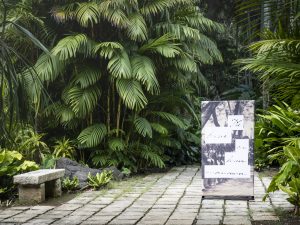
Different soil compositions have different uses, including military needs, solar panels and roads. By using scientific data to talk about the earth Ng calls attention to the colonial uses of land. (Photo courtesy of Brandon Ng)
A month into the Triennial, Ng introduced yet another element to his piece. For an audience of over 100 people, Mareva Minerbi, a dance instructor at Leeward Community College, and two of her dancers performed interpretive dance, moving the audience through the installation with Ng as a guide.
An event like the Triennial is a heavy lift for someone who works full-time. Last year, Ng attended two artist residency programs – one in March and the other in June – to work on his piece for the triennial and still did not complete the work until right up until January when it was time to begin installation. That sort of hustle, coupled with his teaching responsibilities, is typical among those in the art community. To help support his wife and two kids, Ng juggles being both an artist and a teacher.
“There’s a select few that don’t have to supplement their income in some way,” Ng said. “But a lot of artists, even the ones that are, like, incredibly well known, they have something else on the side.”
Ng said his mentors, both exceptional artists and educators, modeled what it meant to wear both hats successfully. Ng understands that to be both, sometimes one must fall to the wayside. During the school year, he teaches four classes a semester (two classes are considered a full-time instructor), and on winter and summer breaks, he is a full-time artist.
“Whatever you need to do in those times, it’s like that’s when you get the chance to really dive in. Because the semesters, they’re rigorous,” he said.
Early this month, Ng received a call from Hawai‘i Contemporary’s associate director. He’d received the Golden Hibiscus Award Honorable Mention – one of only two Golden Hibiscus awards given for the entire show.
Feb. 15 to May 4
Located across multiple locations on Oʻahu, Maui and Hawaiʻi Island
Visit “You May Be Loved,” by Brandon Ng
Foster Botanical Garden
180 North Vineyard Blvd, Honolulu, HI 96817
Open every day from 9 a.m. to 4 p.m.
$3 kamaʻāina admission, Free parking


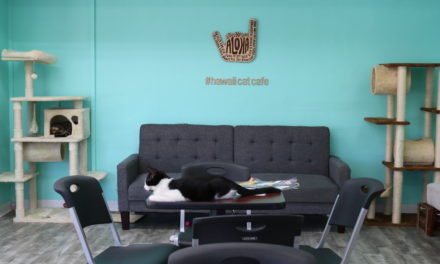

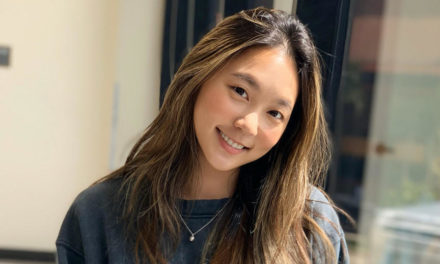
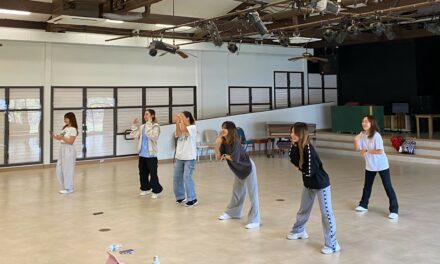
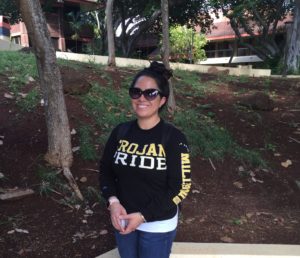
hi
This article was packed with practical tips—thank you!